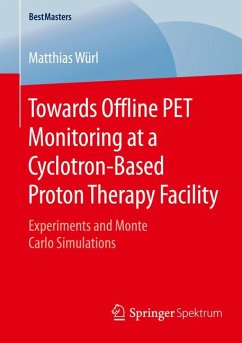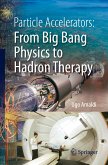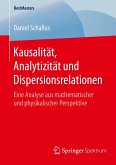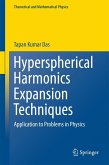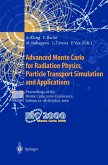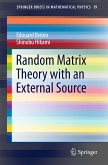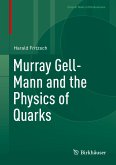Matthias Würl presents two essential steps to implement offline PET monitoring of proton dose delivery at a clinical facility, namely the setting up of an accurate Monte Carlo model of the clinical beamline and the experimental validation of positron emitter production cross-sections. In the first part, the field size dependence of the dose output is described for scanned proton beams. Both the Monte Carlo and an analytical computational beam model were able to accurately predict target dose, while the latter tends to overestimate dose in normal tissue. In the second part, the author presents PET measurements of different phantom materials, which were activated by the proton beam. The results indicate that for an irradiation with a high number of protons for the sake of good statistics, dead time losses of the PET scanner may become important and lead to an underestimation of positron-emitter production yields.
Contents
- Monte Carlo Modeling of a Clinical Proton Beam
- Low-Dose Envelope and Field Size Factor
- PET Activation Studies
Target Groups
- Researchers and students in the field of medical physics with focus on particle therapy
- Medical physicists at proton therapy facilities
The Author
Matthias Würl wrote his Master's Thesis at the chair of Medical Physics at the Ludwig-Maximilians University Munich. He is now a PhD student at the same department, working on transmission imaging with laser-accelerated ions.
Dieser Download kann aus rechtlichen Gründen nur mit Rechnungsadresse in A, B, BG, CY, CZ, D, DK, EW, E, FIN, F, GR, HR, H, IRL, I, LT, L, LR, M, NL, PL, P, R, S, SLO, SK ausgeliefert werden.

